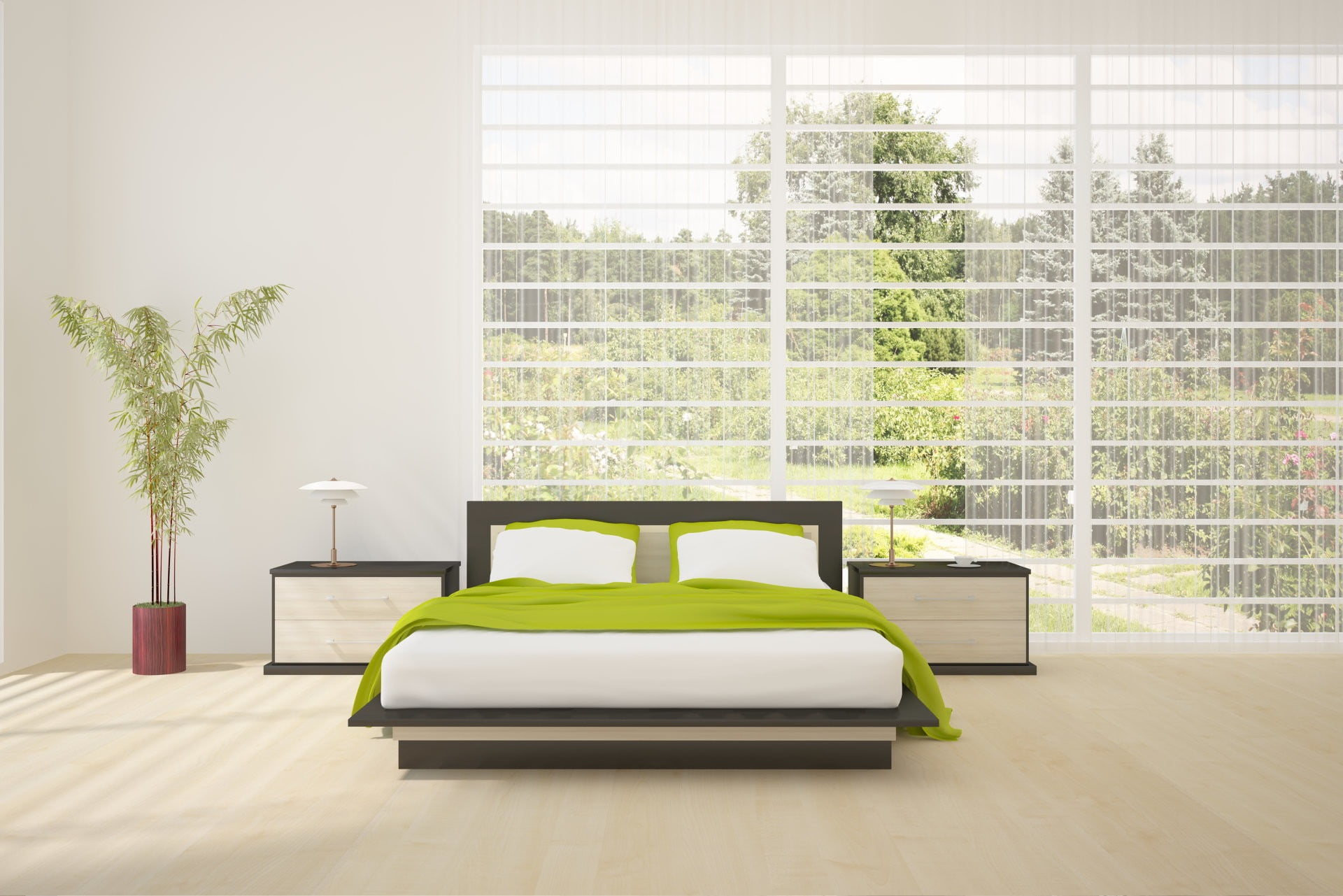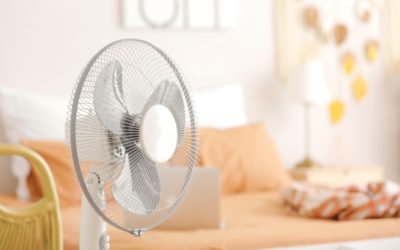Instead of going for gold, this year’s 2020 Olympics and Paralympics are ‘going green’ as the athletes’ beds will be made from recyclable cardboard. Plus, the mattresses for the beds are formed of polyethylene materials that will be reused for plastic products after the events.
With over 18,00 beds needed for Olympics and 8,00 for the Paralympics, the Tokyo organisers are certainly aiming to be more environmentally friendly – even the medals and Olympic torch are made from recyclable materials!
Finding ways to be ‘greener’ is becoming more and more important. We’re seeing a surge in reusable cups and bottles and cutting down on kitchen waste so it’s great to see the bed industry taking more responsibility in its sector to work towards a more sustainable, resource efficient future.
How can I make my bedroom eco-friendly?
Whilst we don’t suggest cardboard beds to make your bedroom eco-friendly, there are a few simple changes you can do to have a ‘greener’ space for sleep…
- Consider your mattress purchase. As the trade association for British bed manufacturers, we have recently announced a partnership with Zero Waste Scotland to increase mattress recycling and encourage more sustainable design. Many of our members are already making great strides towards greener products and manufacturing processes; and mattress recycling across the whole of the UK has increased significantly in recent years. Look for our NBF Approved label on mattresses. You can also use our Product Finder to find mattresses which use recycled materials or are FR chemical free.
- Sustainable bedding. We’ve looked at beds but what about the bedding? Opt for organic materials such as cotton, wool, silk, bamboo or hemp. You could also choose eco-friendly PJs too!
- Recycled bedroom furniture. Not only do you save money, but you can upcycle (still a current trend) or look for pieces that are made from reclaimed wood. You don’t have to sacrifice style for sustainability.
- Pick Eco Paint. Most paints are low in VOCs but there are some that have no VOCs which is even better for the environment and indoor air quality.
- Swap your lighting. Move to eco-friendly light bulbs such as LED, CFL or halogen incandescent as they use less power. You don’t have to do it all at once – just replace an existing bulb when it goes with an energy efficient one. Also remember to turn off lights when no one is in the room!
- Plant Chat. House plants are having a revival and rightly so – they’re great for humidity levels, filter air pollutants, and some produce oxygen






0 Comments